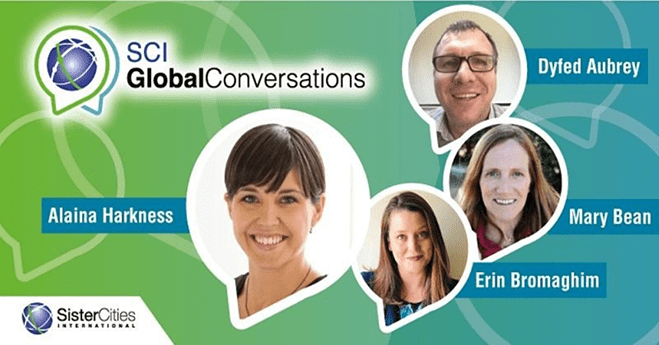The UN’s Sustainable Development Goals
The Sustainable Development Goals (SDGs) were born of the successes and failures of the Millennium Development Goals (MDGs). Both are frameworks that guide global development over a period of 15 years.
The MDGs were a great success – the lives of many people greatly improved as a direct result of the global common goal of achieving MDGs. Consider the following facts. 70 percent of developing countries reduced extreme poverty by 50 percent. Child mortality decreased by 50%. The number of deaths from infectious diseases went down considerably. Gender parity in primary education was achieved in 75% of developing countries. The target of improving access to drinking water was achieved five years ahead of schedule.
Nevertheless, many of the key MDG targets were missed. For instance, the target of halving the proportion of people suffering from hunger was not achieved. Global maternal mortality was halved – missing the target reduction which was 67 percent. In addition, neither the goal of achieving universal primary education or of halting the spread of HIV/AIDS was achieved.
The SDGs pick up from where MDGs left off, aiming to apply in the next 15 years the valuable lessons learned from implementing the MDGs. For instance, one lesson learned is that the success of the MDGs was uneven between countries and that its targets were too narrow in focus. For this reason, the SDGs are more ambitious and more universal in scope. They cover 17 key areas and the achievement of these SDG targets requires social transformation with more depth and haste than was required for the MDGs.
This level of transformation will be achieved by leveraging existing and widely deployed Information and Communications Technology (ICT). Continuous progress in ICT—IoT mobile broadband, machine learning, big data, etc.—will serve as a catalyst for SDG success in the next 15 years, achieving what the MDGs could not.
The SDGs will demand from economies the universal coverage of some services – food security, water security, public health, education, etc. The business-as-usual path will not be sufficient for the full achievement of the SDGs in low-income or developing countries. For universal coverage to be achieved by 2030, it needs to be accelerated. ICT-based solutions are the key.
How ICT will help achieve the SDGs
ICT can help achieve SDG targets through accelerated diffusion. ICT can increase or accelerate the rate of diffusion of a wider range of technologies, applications and platforms in key sectors to the SDGs. These include healthcare, education, financial services, electrification and agriculture. Research has identified five ways that ICT will accelerate the uptake of SDG-supporting services:
- ICTs diffuse with remarkable speed. The fastest technology adoptions in history have been in ICT: mobile phones, computers, the internet and social media. Mobile subscriptions went from tens of thousands in 1980 to 7 billion subscriptions in 2015. Social Media, particularly Facebook, went from zero in 2004 to 1.5 billion in mid-2015. Mobile broadband coverage is projected to go from 1 billion in 2010 to 7.7 billion in 2020. Smart phones are projected to go from near zero in 1999 to 6.1 billion in 2020 according to projections by Ericsson.
- ICT can reduce the cost of deploying new services, thereby introducing vital services such as payment services and high-quality education to low-income countries for the first time. Even in developed countries, cost savings from ICT are disrupting major sectors such as banking, entertainment, transportation, hospitality and agriculture.
- ICT can accelerate the public’s awareness of new services and technology. This increases demand and readiness for the technology, as information about them travels almost instantly around the globe because of social media.
- National and global information networks can support the rapid upgrading of new technologies and applications, which normally go through several generations of improvement marked by a learning curve of lowering costs, greater resiliency, easier use and wider applicability. ICT speeds up these generational cycles. For instance, through enhanced global information flows, technology developers become more attuned to advances in other parts of the world. Open source and interoperability also allows improvements to be easily picked up and further improved by others.
- ICT has also begun to provide low-cost platforms for training works in new technologies. Massive open online courses, or MOOCs, have enabled people even in low-income countries access to high-quality courses. Special training materials can easily be distributed over smart phones, tablets, laptops and other connected devices. ICT makes multiple channels available for real training.
Diffusion and acceleration are fundamental concepts in relation to how ICT can be leveraged for the full achievement of the SDGs by 2030. A third equally important factor is policy. Our discussion on ICT’s crucial role in the SDGs will continue by presenting some of its key challenges, with a particular focus on policy making. Please do visit our blog again and watch out for the continuation of this discussion in the article, “The Role of Public Policy in Advancing the SDGs through ICT.”
ADEC Innovations helps organizations recognize business drivers for sustainability practices and offers cost-effective sustainability management solutions, providing guidance on industry best practices and sustainability programs.




